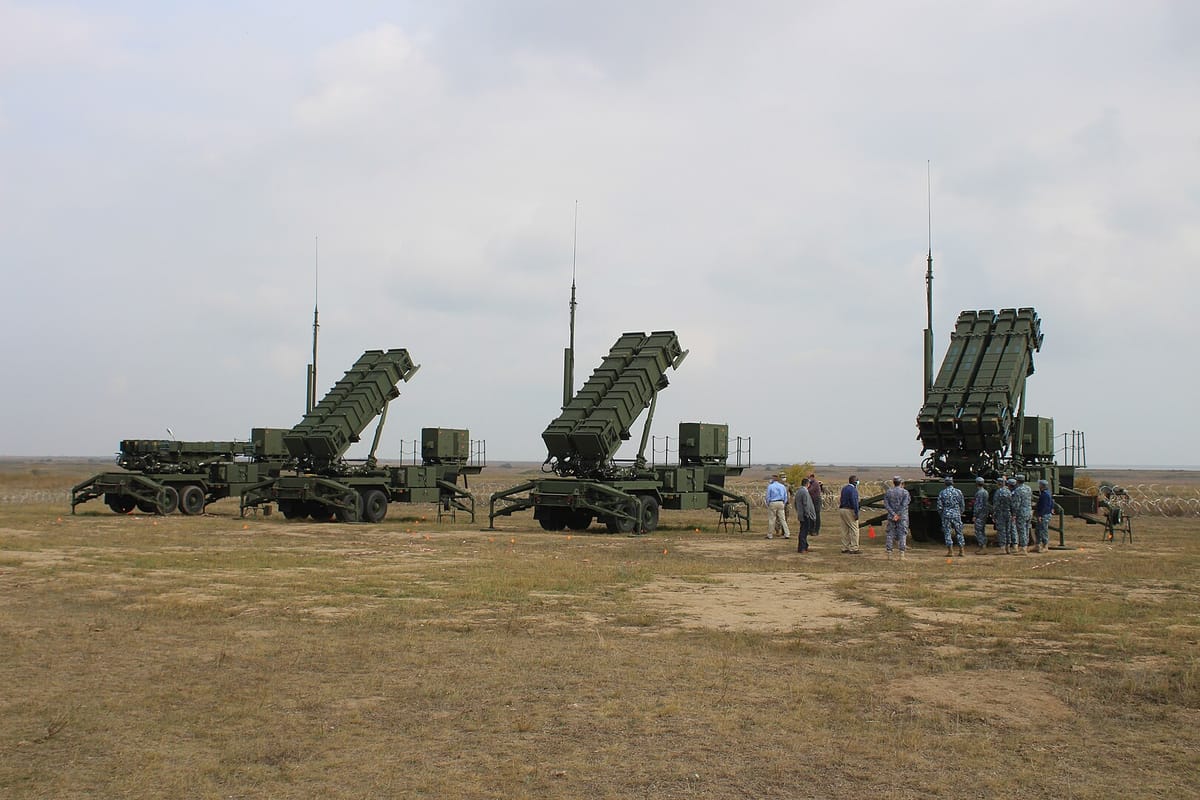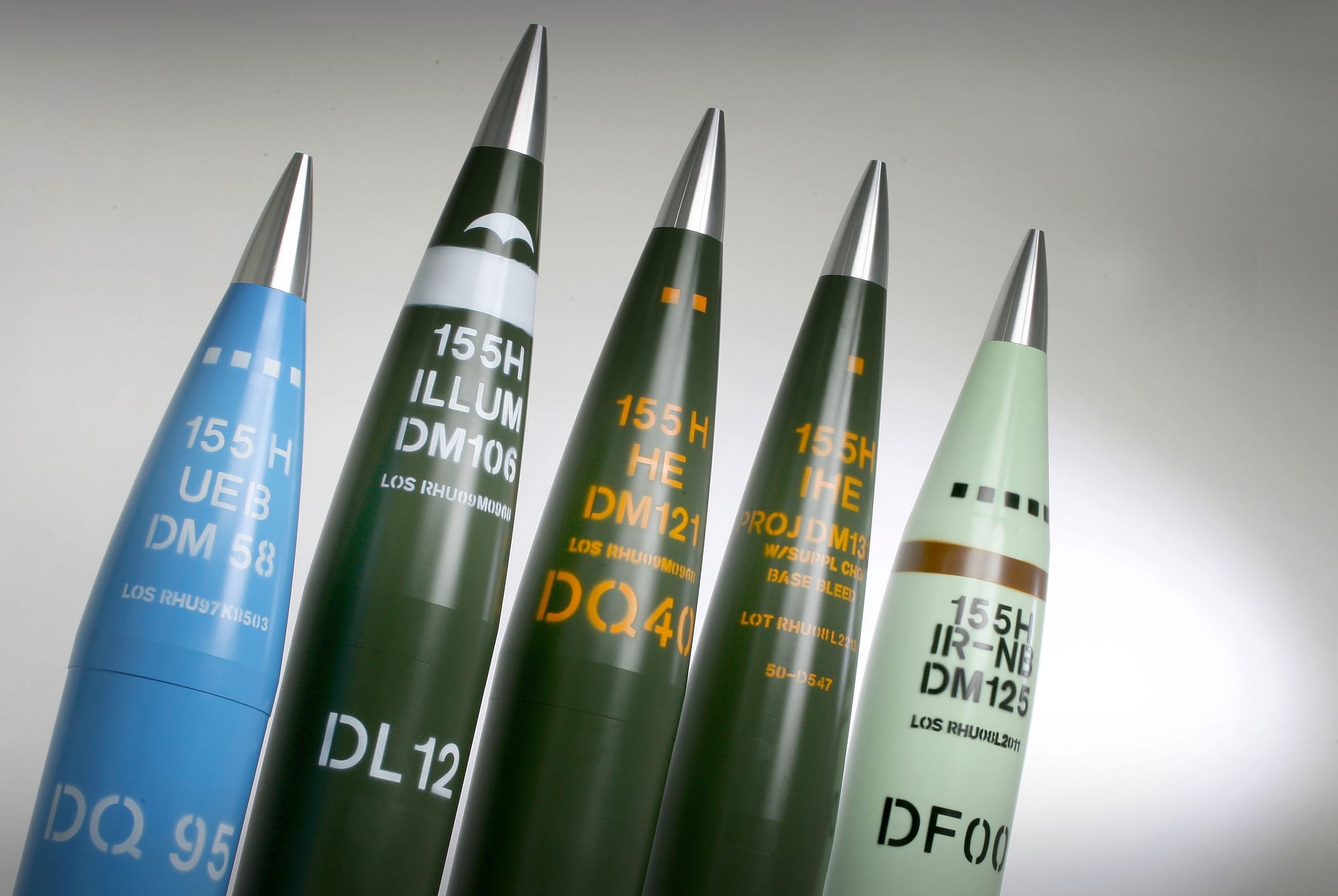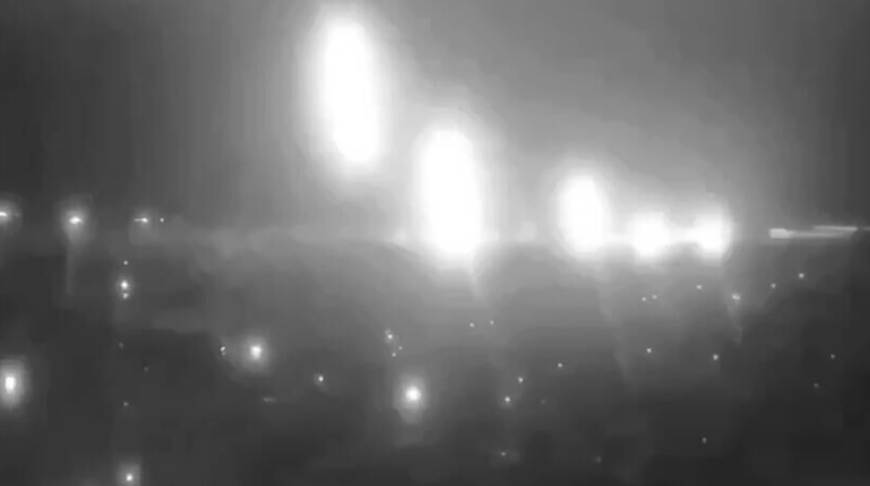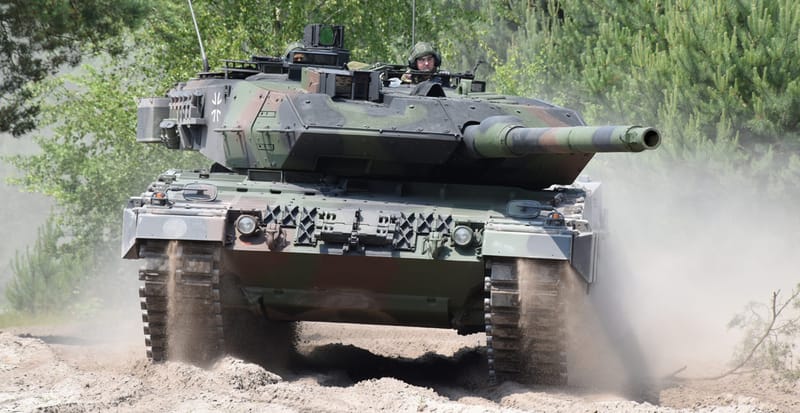Lukashenko Confirms Belarusian Launch Pads for Russian "Oreshnik" Ballistic Missiles Nearly Complete
Lukashenka confirmed on March 13 that several launch pads for the Oreshnik MRBM system produced domestically at the Minsk Wheel Tractor Plant are now in the final stage, but is still waiting for missile deliveries from Russia.
As reported by svoboda.org, Belarus is close to finishing several launch pads for the “Oreshnik” medium-range ballistic missile system, while continuing to rely on Russia for the missiles themselves. President Aliaksandr Lukashenka announced these developments on March 13 in Moscow, emphasizing that Belarus has advanced significantly in its domestic launcher production but has yet to receive any Oreshnik missiles from Russia.
“We are finishing the production of several launchers,” Lukashenka stated, adding that “the missiles will come from our older brother,” referring to Russia.
Context and Continuity from December 2024
In our previous article published on December 25, 2024 (“Lukashenko Confirms Nuclear Warheads and Production of Oreshnik Launchers in Belarus”), we highlighted Belarus’s expanding defense ties with Russia, focusing on two major elements:
- Domestic Production of Oreshnik Launchers
Lukashenka first revealed that Belarus was already producing Oreshnik missile launchers locally. These are assembled at facilities like the Minsk Wheel Tractor Plant, reflecting what he termed “the highest localization,” with Russia supplying the missile itself. - Nuclear Warheads Deployed on Belarusian Soil
Lukashenka also claimed that Belarus was hosting more than a dozen Russian nuclear warheads, under a security treaty with Russia. At the time, independent verification remained elusive, yet the announcement indicated a significant shift in Belarus’s defense posture—especially given its Soviet-era agreements to dismantle nuclear weapons in the 1990s.
Lukashenka’s new remarks on March 13 effectively confirm the progress Belarus has made since the December 2024 statements. While local launcher production was already under way, the current claim is that “we are almost done,” suggesting the project has moved from an initial to a near-operational phase. Nonetheless, no new verifications regarding the presence of nuclear warheads have surfaced.

Expected Missile Arrivals and Deployment
On January 26, Lukashenka stated that Russian Oreshnik missiles would arrive “any day now,” pointing to Orsha as a likely deployment site. Although delivery dates remain uncertain, the current status indicates that Belarus could soon integrate the Oreshnik system into its arsenal, bolstering its capabilities in tandem with Russian support.
First publicly mentioned by Russian President Vladimir Putin in November 2024 following a missile strike on Ukraine’s Dnipro, the Oreshnik missile is designed for medium-range precision strikes. Some reports also link it to hypersonic or high-speed maneuverable warheads, although official specifications have not been fully disclosed.
Renewed Concern Over Soviet-Era Missile Infrastructure
As noted in our December coverage, Belarus retains several storage and launch facilities dating back to the Soviet era. Lukashenka’s references on March 13 to finishing “several launch pads” suggests these renovated sites could be quickly equipped with Oreshnik missiles once Russia dispatches them. This development has raised eyebrows in neighboring NATO countries, which fear a more fortified eastern flank and heightened regional tension.
Lukashenka’s Visit to Moscow: The Ongoing “Status” Question
The March 13 trip marks Lukashenka’s first official visit to Moscow since the January 26 election in Belarus—an election not recognized by many international observers. Notably, he has not undergone a formal inauguration ceremony. Despite this ambiguity, his press service announced a “package of documents” signed during meetings in Moscow, along with unspecified measures tied to his “official status.” Belarus’s updated Constitution requires the president-elect to take the oath of office within two months of the election, raising questions about the legal position Lukashenka holds while making these significant defense arrangements.
Strategic and Regional Implications
Both the nearly completed Oreshnik launch pads and the earlier claims about nuclear warheads underscore Belarus’s deepening alignment with Russia. The presence (or even the potential presence) of advanced missile systems and nuclear weapons has prompted concern in neighboring NATO states. As we outlined in December 2024, this could spur an arms race in Eastern Europe, pressure NATO’s strategic planning along its eastern flank, and shift the region’s security balance.
Should Belarus proceed with stationing Oreshnik missiles in Orsha—close to the borders of Lithuania and Poland—tensions with NATO may escalate, and calls for strengthened missile defense systems or additional NATO troop rotations could intensify.

Further Reading
- December 25, 2024: [Lukashenko Confirms Nuclear Warheads and Production of Oreshnik Launchers in Belarus] – Our comprehensive look at Belarus’s localized production efforts, the introduction of hypersonic capabilities, and reported nuclear warhead deployment.

- NATO in Central Europe: [Analysis of NATO’s Air Defense Updates] – A broader assessment of how advanced missile systems affect NATO’s defense posture.

- Lithuania’s Recent Artillery Investments: To gauge regional reaction, read our feature on Lithuania’s upgrading of artillery and other defense measures.

Note: As of this writing, no independent confirmations have emerged regarding the current location or readiness of the alleged Russian nuclear warheads. The continuation of Belarus’s Soviet-era missile program under Lukashenka, however, remains a critical development, marking Belarus as an increasingly pivotal player—and a source of potential volatility—in Eastern Europe’s security landscape.









